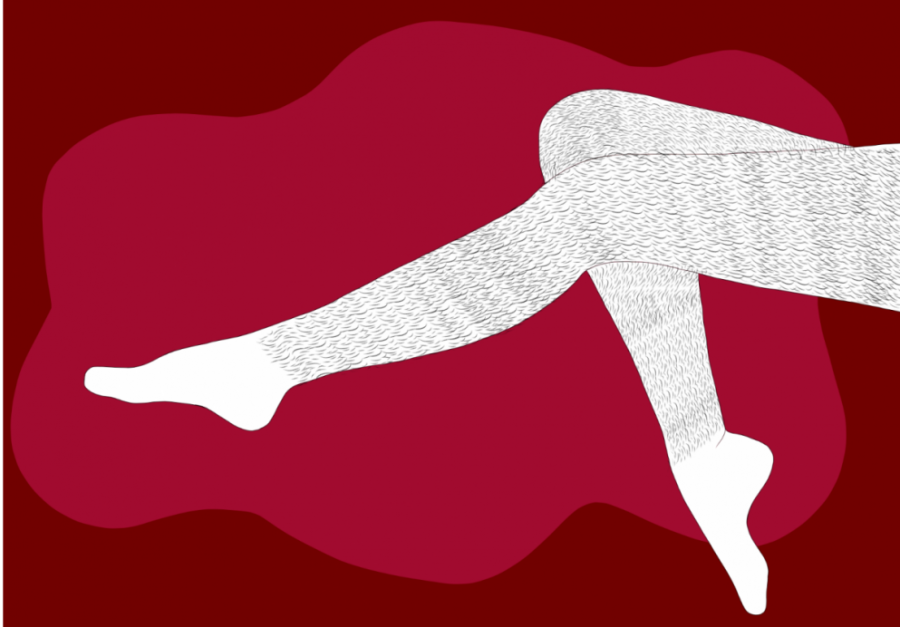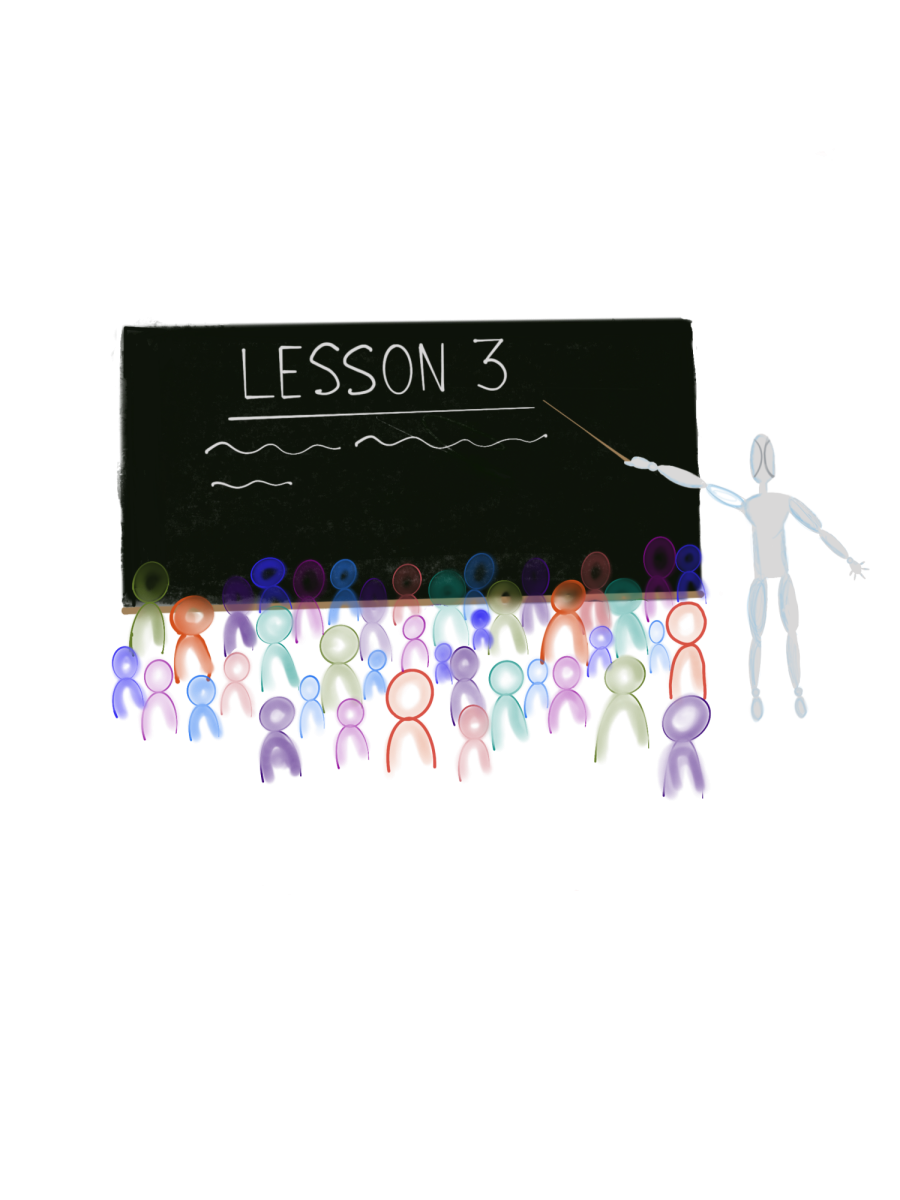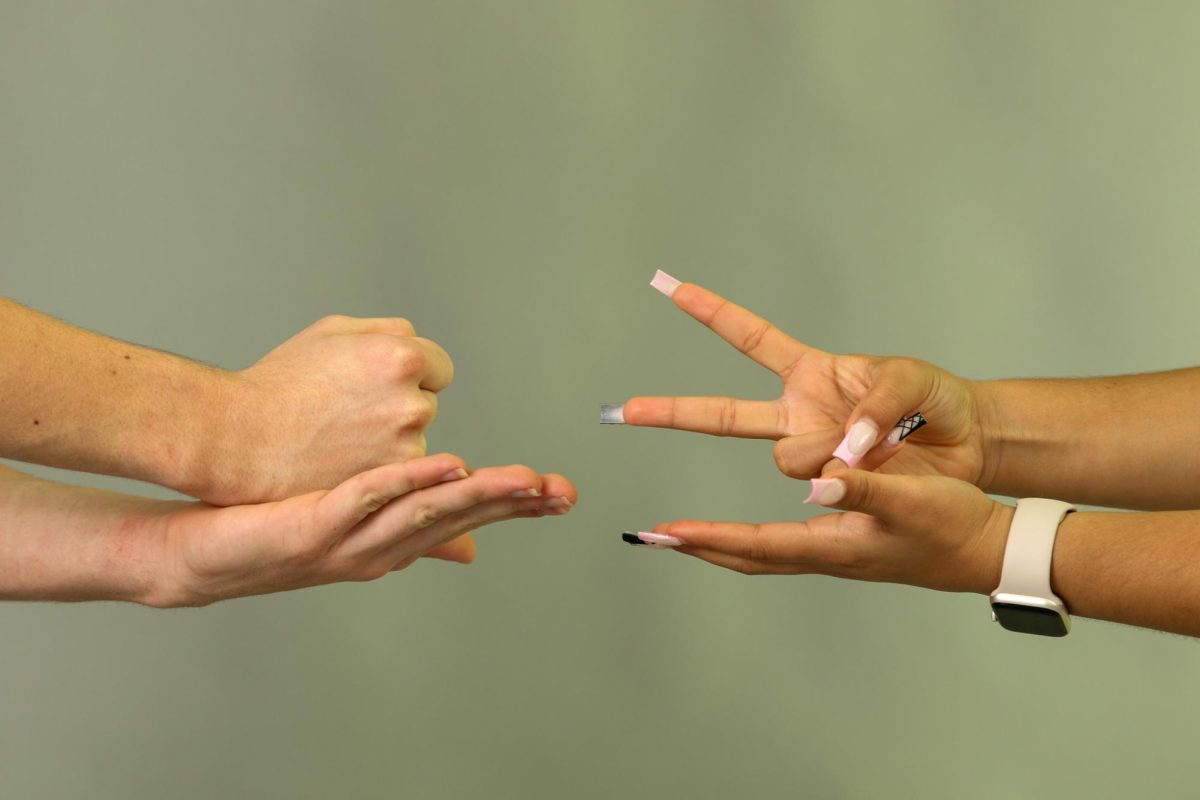Wearing my favorite pair of shorts, my new tennis shoes, and with my backpack hugging my shoulders, I walked through the double doors for my first day of middle school. With the brightest smile on my face, I was ready to fit in with the big kids. My head was held high and my dreams were even higher, only to be shortly pushed down into the darkest hole it could reach. Upon first sight of my hairy legs clad in those bright purple shorts, I was bombarded with, “ew!” and “why doesn’t your mother let you shave yet?” at the lunch table. Instantly I felt shame creep on to my face.
As soon as I got home I asked my mother if I could start shaving. I wasn’t allowed to initially, but after getting older I began waxing my legs once a month and later transitioned to shaving once a week. If the hair started to appear, I would feel humiliation or embarrassment, making my whole day feel terrible because of the negative connotation I associated with unshaved legs.
The history of hairiness and its negative stereotype began to develop in the 1840s, deriving from “popular culture, the eugenics movement, mass immigration (of people from Southern and Eastern Europe, who were often hairy), and pseudoscience- all of which linked hairiness to disease, violence, insanity, and ‘primitive’ ancestry,” according to Racked.
Despite the rise of modern feminism, women with body or facial hair are still meant to feel ashamed by its lingering presence. In Oct. 2017, Adidas released an advertisement featuring Arvida Bystrom who was called disgusting, and received death and rape threats over the small amount of hair on her calves.
In a public post on her Instagram, Bystrom stated, “’I can’t even begin to imagine what it’s like to not possess all these privileges and try to exist in the world. Sending love and try to remember that not everybody has the same experiences being a person.”
This example highlights the negative attitudes still present among many in today’s society. Those who choose to leave their legs unshaven are labelled as making a statement or marked with degrading comments. But not everyone is doing it to be some superhero feminist looking to change the world, some just don’t mind the peach fuzz.
More often than not, women will choose to brave the shave. According to The Atlantic, “More than 99 percent of American women voluntarily get rid of their hair. It’s also expensive. The American woman who shaves will spend more than $10,000 over the course of her life, and the woman who waxes will shell out more than $23,000.”
The lofty price tags that come with shaving can be attributed to the pink tax. According to U.S. News, “Items marketed to women not only cost more, but actually contain less of the product because manufacturers make the product smaller and more feminine-looking, an approach called ‘shrink it and pink it.’”
This stereotypical generalization of femininity and masculinity placed on products and appearances is just a social construct that pressures women into feeling like they have to shave in order to be seen as desirable, and for men to look and act a certain way. While some enjoy partaking in these social norms, others are just going through the motions because that’s just the way it’s been taught.
Hairy legs are just a surface level issue to a deeper problem within society. It might not necessarily change overnight, but there are steps that must be taken on an individual level to try and change society’s mind about body hair on women. I don’t know if it is just an art school thing or if it’s me, but either way I’ve reached a point in my life where I don’t really care if there is hair there or not. My body hair could be shaved off once a week, or not at all for a couple months. Women shouldn’t feel the need to change their appearances based on society’s standard. I personally don’t mind it, and women shouldn’t feel the need to either. After all, it’s a personal choice.




























































